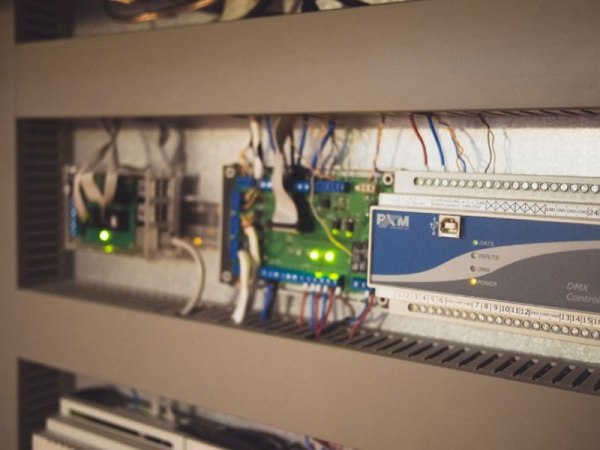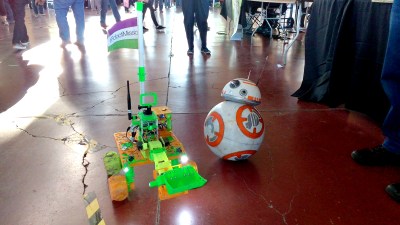I did not coin the phrase in this article’s headline. It came, I believe, from an asinine press release I read years ago. It was a stupid phrase then, and it’s a stupid phrase now, but the idea behind it does have some merit. A collaborative Dropbox running on hardware you own isn’t a bad idea, and a physical device that does the same is a pretty good idea. That’s the idea behind the USB Borg Drive. It’s two (or more) mirrored USB thumb drives linked together by condescending condensation saying you too can have the cloud in both your pockets.
Like all good technology, the USB Borg Drive began as a joke. [heige] and his colleague were passing USB sticks back and forth to get software running on a machine without Internet. The idea of two USB sticks connected together via WiFi blossomed and the idea of the USB Borg Drive was born.
An idea is one thing, and an implementation another thing entirely. This is where [helge] is stumbling. The basic idea now is to use a Raspberry Pi Zero containing a WiFi adapter, USB set up in peripheral mode, some sort of way to power the devices, and maybe a way to set IDs between pairs of devices.
There’s still a lot of work for [heige] to do, but this is actually, honestly, not a terrible idea. Everything has a USB port on it these days, and USB mass storage is available on every platform imaginable. It’s the cloud, at ground level. A fog, if you will, but not something that sounds that stupid.

























